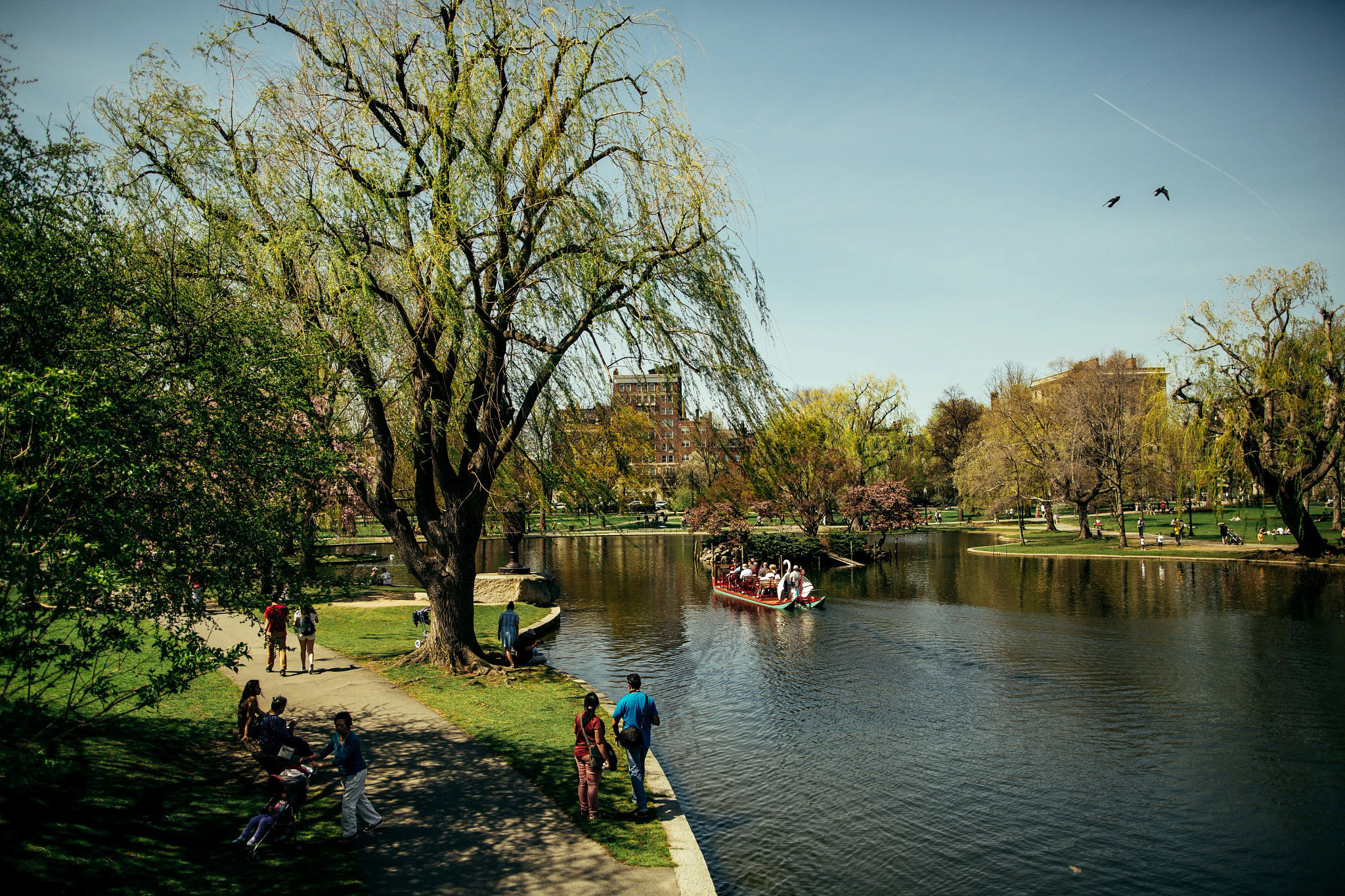AARP Eye Center
- right_container
- Health
- Money
- Work & Jobs
- Social Security
- Medicare
- Caregiving
- Games
- Travel
- More...
- Entertainment & Style
- Family & Relationships
- Personal Tech
- Home & Living
- Auto
- Staying Sharp
- Podcasts
- Videos
Hank Williams Museum
History :
Known by many as the father of contemporary country music, Hank Williams was born on September 17, 1923 in the rural community of Mount Olive, AL. His birth certificate says "near Garland", Butler County. This is located 50 miles south of Montgomery. His mother gave him a guitar when he was eight years old, but his musical influence came from a local blues street singer, Rufus 'Tee Tot' Payne. From Tee Tot, Hank learned how to play the guitar and sing the blues, which became the basis for his songwriting. His mother moved the family to Montgomery, AL, in 1937, where she opened a boarding house. Here Hank formed a band called the Drifting Cowboys and landed a regular spot on a local radio station, WSFA, in 1941.
Hank met Audrey Mae Sheppard in 1943 while he was playing a medicine show and married in 1944. In 1946, Hank and Audrey visited Nashville to meet Fred Rose, one of the heads of Acuff-Rose Publishing. Rose liked Williams' songs and asked him to record two sessions for Sterling Records, which resulted in two singles. Both of the singles, "Never Again" and "Honky Tonkin", were successful and Williams signed a contract with MGM Records in 1947. Rose became the singer's manager and record producer.
Released in 1947, "Move It on Over", became Hank's first single for MGM and was an immediate hit, climbing into the country Top Five. In 1948, he had joined the Louisiana Hayride. "Honky Tonkin" was released in 1948, followed by "I'm a Long Gone Daddy" which peaked in the Top Ten. In 1949, he recorded "Lovesick Blues", initially recorded by Emmett Miller. The single became a huge hit staying at number one for 16 weeks and crossing over into the pop Top 25. Williams sang the song at the Grand Ole Opry, where he performed an unprecedented six encores.
Hank and Audrey Williams had their first child, Randall Hank, in the spring of 1949. Also in the spring, Hank assembled the most famous edition of the Drifting Cowboys, featuring Bob McNett, Hillous Butrum, Jerry Rivers, and Don Helms. Soon, he and the band were earning 1,000 dollars per concert. Williams had no fewer than seven hits in 1949 after "Lovesick Blues", including the Top Fives "Wedding Bells", "Mind Your Own Business", "You're Gonna Change (Or I'm Gonna Leave)", and "My Bucket's Got a Hole in It". The next year saw another string of hit singles, including the number ones "Long Gone Lonesome Blues", "Why Don't You Love Me", and "Moanin' the Blues"; as well as the Top Tens "I Just Don't Like This Kind of Livin'", "My Son Calls Another Man Daddy". "They'll Never Take Her Love From Me", "Why Should We Try" and "Nobody's Lonesome for Me". Also in 1950 under the name Luke the Drifter, Hank recorded a series of spiritual records.
Hank racked up hits in 1951, beginning with the Top Ten hit "Dear John" and its number one flip side, "Cold, Cold Heart". Hank had several other hits in 1951, including the number one "Hey, Good Lookin'" and "Howlin' at the Moon", "I Can't Help It (If I'm Still in Love With You)", "Crazy Heart", "Lonesome Whistle" and "Baby, We're Really in Love", which all charted in the Top Ten. In 1952, Hank was still cranking out the hits... "Honky Tonk Blues" hitting number two in the spring. Hank released five more singles in 1952, "Half as Much", "Jambalaya", "Settin' the Woods on Fire", "You Win Again", and "I'll Never Get Out of This World Alive", which all went Top Ten.
As Hank's musical career rocketed beyond precedent, the demands on his time became unrelenting. Hank was the superstar of the day, and all the pressures that go with that, were on his shoulders alone to bear. The music inside Hank was his to give, whether by the words of one of his standards, or by his performances of someone else's work. Hank had a wide variety of musical ideas. From sacred hymn's to tales of broken hearts and troubled love, to rousing dance tunes. Hank always had a song to sing. We all know his songs that have become the standards of the industry. But, Hank also recorded novelty songs and blues-laments, country hymns and "story ballads".
The world knows Hank Williams. Hank's songs and performances were legendary even before his death at the early age of 29. Hank has become the standard against which all country music is measured. Hank was scheduled to play a concert in Canton, OH, on January 1, 1953. Charles Carr, a young 18 year old friend of Hank's was driving. Just before sun-up on New Year's morning in Oakhill, West Virginia, Hank was taken to a hospital where he was officially declared dead at 7:00 a.m. on January 1, 1953. He was 29.
Three days later on Sunday, January 4, 1953, Hank was buried in Montgomery, AL, with a record crowd in attendance. More than 25,000 mourners came out to pay their respects to the most famous hillbilly singer/songwriter in history of American music. Dozens of country music stars attended, as did Audrey Williams, Billie Jean Jones, and Bobbie Jett, who happened to give birth to a daughter two days later. "I'll Never Get Out of This World Alive" reached number one immediately after his death, and it was followed by a number of hit records throughout 1953, including the number ones "Your Cheatin' Heart", "Kaw-Liga" and "Take These Chains From My Heart".
In 1961, Hank was one of the first three to be inducted into the Country Music Hall of Fame. Hank's music has not only stood the test of time, but his music continues to influence countless numbers of recording artists. Oakwood Cemetery Annex is the resting place of Hank and Audrey Williams, and is only five minutes (1mile) from the Museum.
AARP Events for Montgomery
-
Featured Event
Mindful Movement: Workout with Jerry
Tuesday, Apr 1, 2025 at 10:00 a.m. CT
Online Event
-
Adaptive Yoga: Gain Flexibility & Strength
Wednesday, Feb 26, 2025 at 12:00 p.m. CT
Zoom
Online Event
-
Kickstart Your Health: An Interactive Webinar
Wednesday, Feb 26, 2025 at 12:00 p.m. CT
Zoom
Online Event
































.jpg?crop=true&anchor=13,195&q=80&color=ffffffff&u=lywnjt&w=2008&h=1154)





























